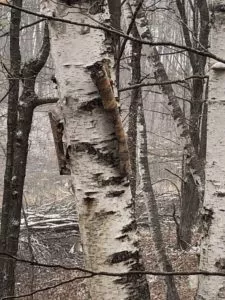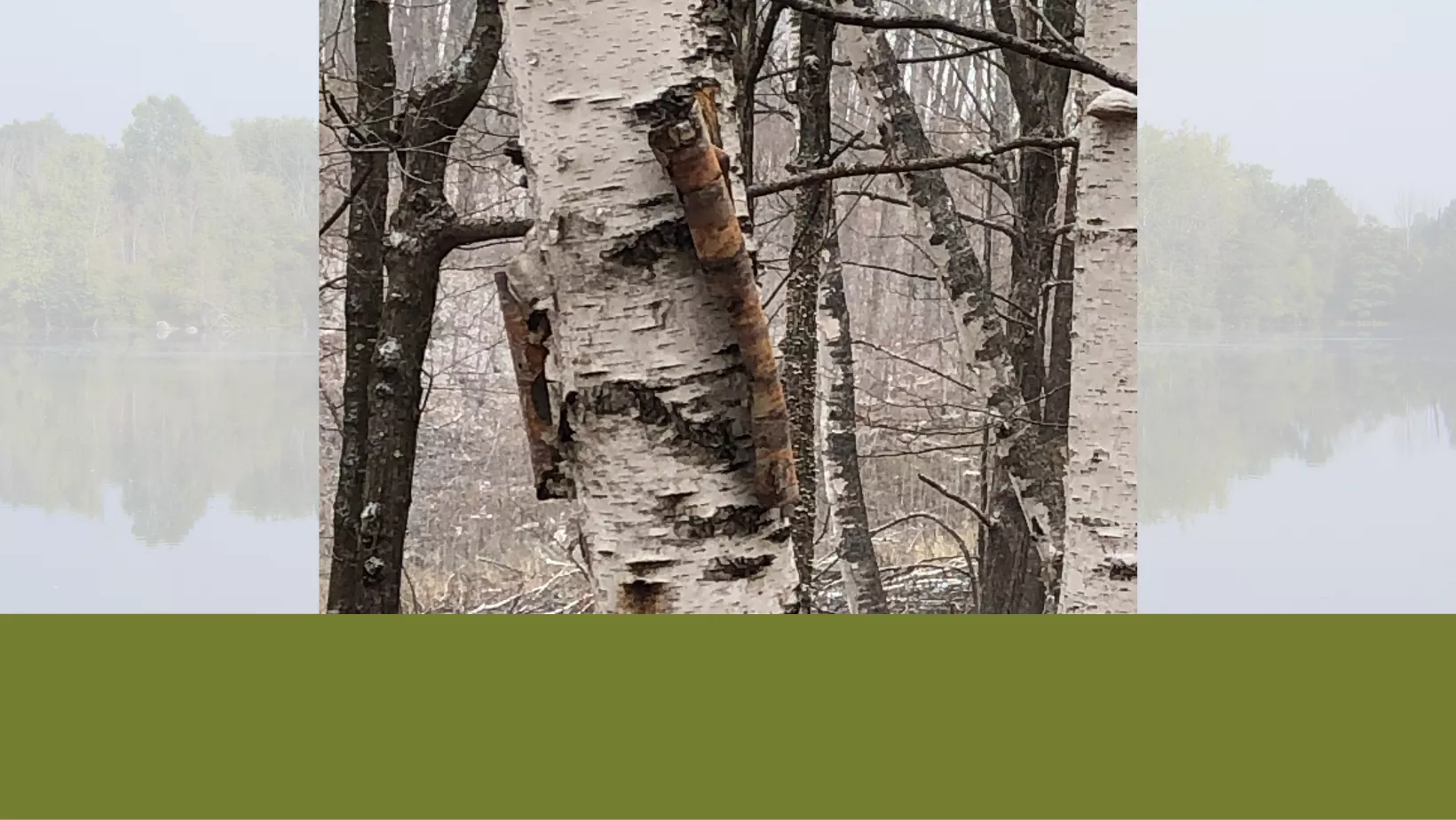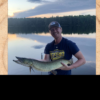Tree Identification: Paper Birch – Betula Papyrifera
Paper Birch, also referred to as White Birch is a deciduous tree that is commonly found near lakes and rivers. It has leaves that are serrated and oval-shaped. This tree is distinguished by its flaking bark, which is bronze when it is young and then becomes white when it matures. The Paper Birch is also a food source for many different animals. Moose, snowshoe hair, beavers, and porcupines all routinely feed on it.

Unfortunately, the Paper Birch is susceptible to several diseases. The Bronze Birch Borer is a native beetle that causes havoc among Birch trees. The beetles lay eggs under the trees’ bark which then hatch in two weeks or less. Symptoms of the borers are chlorotic leaves, dying upper branches, and sparse leaves. Pesticide applications along the trees’ bark in early spring have proven effective against these pests. The Bronze Birch Borer affects all species of Birch but fortunately, the Paper Birch is actually more resistant than other Birch species, showing lower rates of infection.

Paper Birch are also susceptible to what is commonly referred to as “Birch Die Back”. This is when the crown and other branches on the tree start to die. This happens when the roots of the tree become overheated because there is not enough leaf cover to cool them. If you have Paper Birch present on your property a way to prevent this is to put organic mulch around the roots while providing good drainage to the soil.
The Paper Birch is a beautiful tree commonly found in the Northwoods of Wisconsin. It is a food source for a variety of wildlife and there are viable treatment options available to keep them healthy if you happen to find them on your property.
– Kate Handberg, Environmental Assistant/Staff Forester







